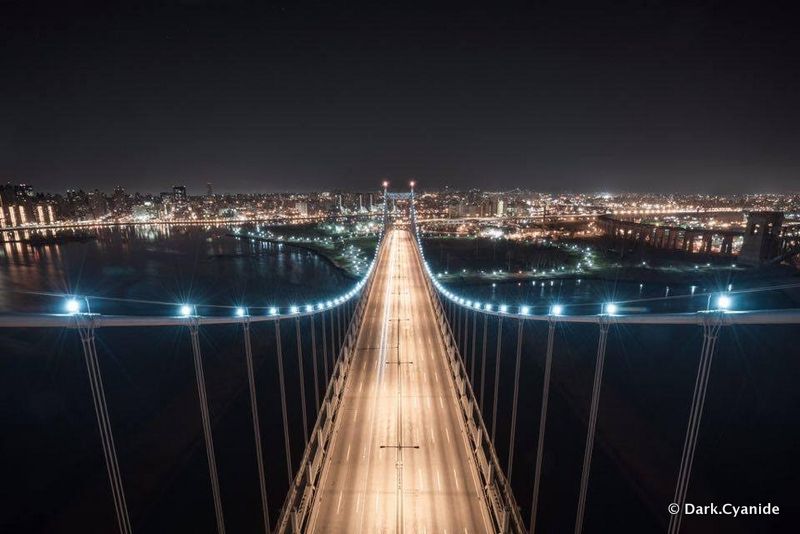
Although we still know it as the Triborough Bridge in New York City, it was officially renamed the Robert F. Kennedy Bridge in 2008, connecting Manhattan, the Bronx, and Queens. The bridge, already as one that connects three boroughs, is no ordinary one. It is not just one single span suspension bridge, rather, it’s made up of three long-span bridges. We’ve gathered some photos that urban explorer Dark Cyanide took while on the bridge, offering stunning views of both the structure and the city. As you scroll through these images, we’ll also give you a little history on the bridge.
The next few images are beautiful shots by Dark Cyanide. Untapped Cities has covered some of his urban explorations before, like when scaled the roof of Grand Central Terminal, and when he got a closer look than anyone at the lost 76th street subway station. He is also a contributor of ours, previously covering the abandoned Hudson River State Hospital in Pougkeepsie. So enjoy his view as you read about how this bridge was almost never built!
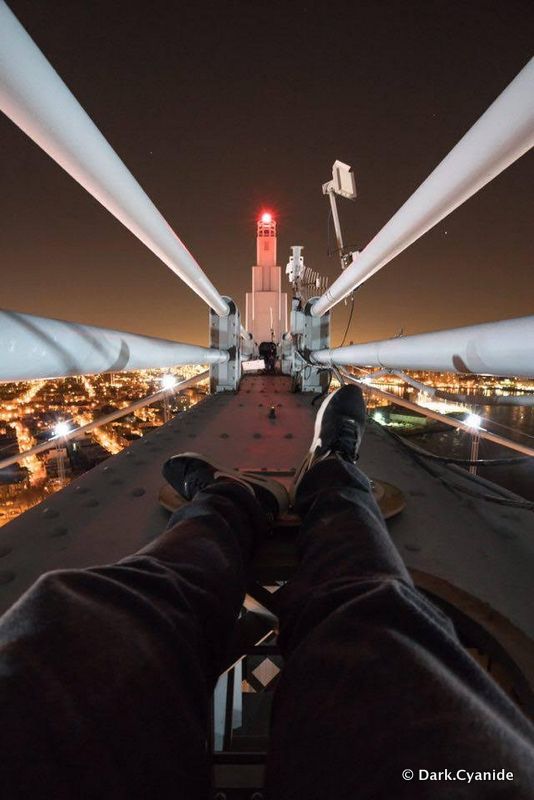
Plans for a bridge connecting three boroughs were already underway in 1919, but didn’t really get anywhere until 1925 when the Triborough Bridge received funds from the city for survey, test borings, and structural plans. But plans continued to stall until October 25, 1929 when Mayor Jimmy Walker finally broke ground on the bridge, just one day after the stock market crashed sending the country into the Great Depression. That and the combination of the initial $5.4 million already completely spent would prove to be another set back, and the city abandoned work on the bridge.
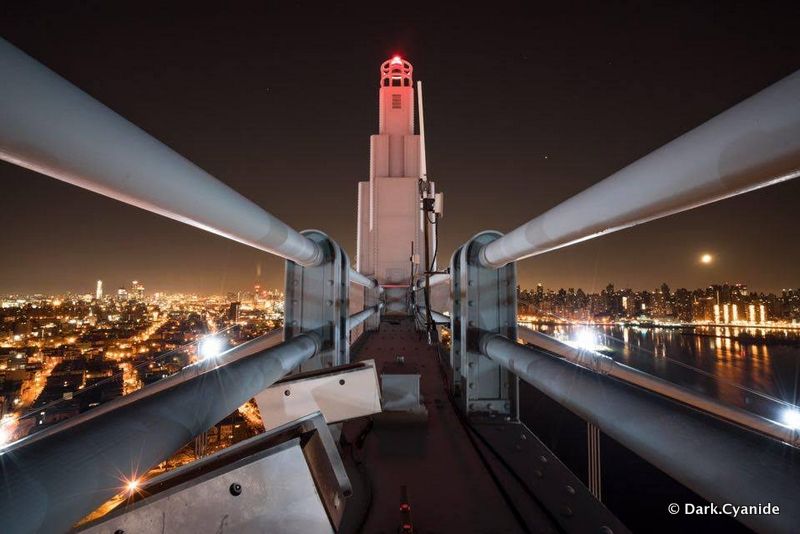
After President Hoover created the Reconstruction Finance Corporation, Senator Robert Wagner applied for $37 million in funds on behalf of Mayor Walker to continue the construction of the bridge. But when the application was blocked, plans were delayed again. It seemed as if this bridge just did not want to be built. But in 1932, New York City Parks Commissioner Robert Moses came to the rescue.
After convincing Governor Al Smith to let work resume, Moses went on to work on construction plans for new approaches leading from the three borough into the bridge. They would become Grand Central Parkway, the East River Drive, and the Major Deegan Expressway, and Southern Boulevard.
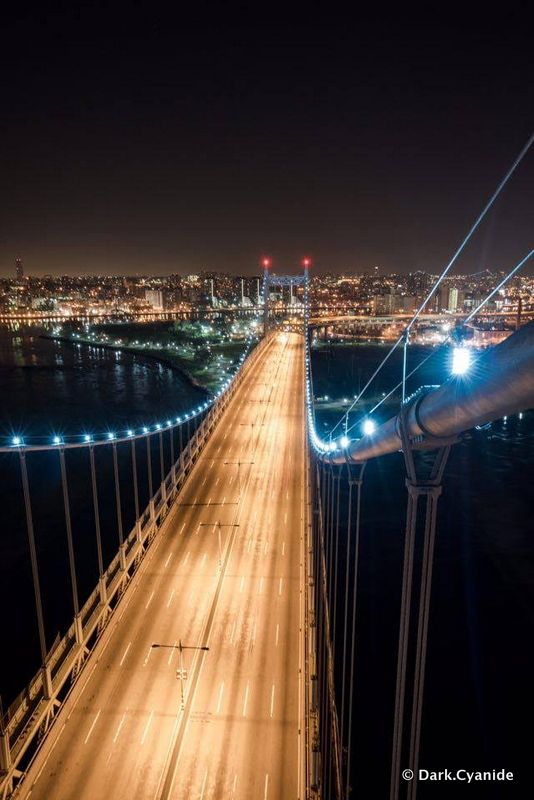
Robert Moses more than anyone believed this bridge was essential and pushed to have it built, seeking to have control over the independent agency tasked with constructing it. 1933 proved to be an important year in the history of the Triborough. Moses was appointed chairman of the Triborough Bridge Authority by Mayor LaGuardia, and President Franklin Delano Roosevelt approved the $37 million loan. The approval of the loan marked the first time a New York City project earned approval from the new Federal-level Public Works Administration.
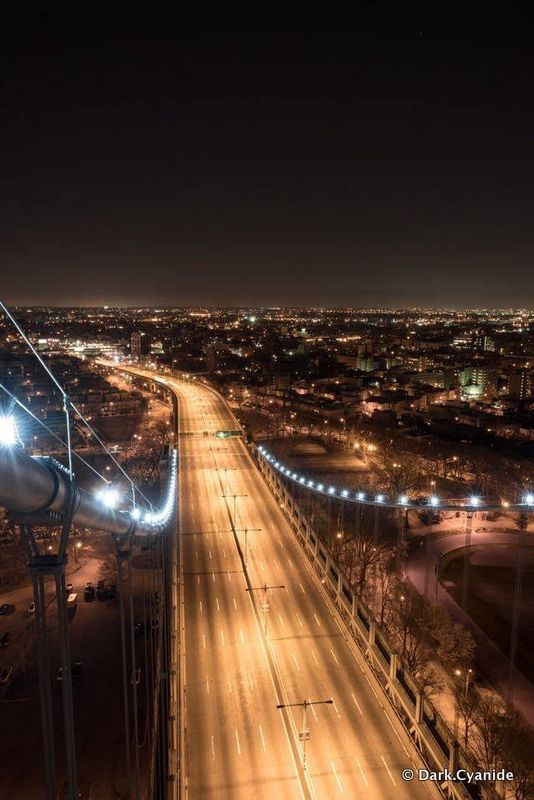
Additionally, Moses appointed a new bridge designer since the previous one did not make it very far in making plans. So, Othmar Ammann, who was the chief engineer at the Port Authority of New York for the past seven years, was given the position of designer for the bridge. $60.3 million later, on July 11, 1936, the Triborough Bridge was opened with much pomp and circumstance including over 15,000 guests, and speakers Mayor LaGuardia, Commissioner Moses, and President FDR.
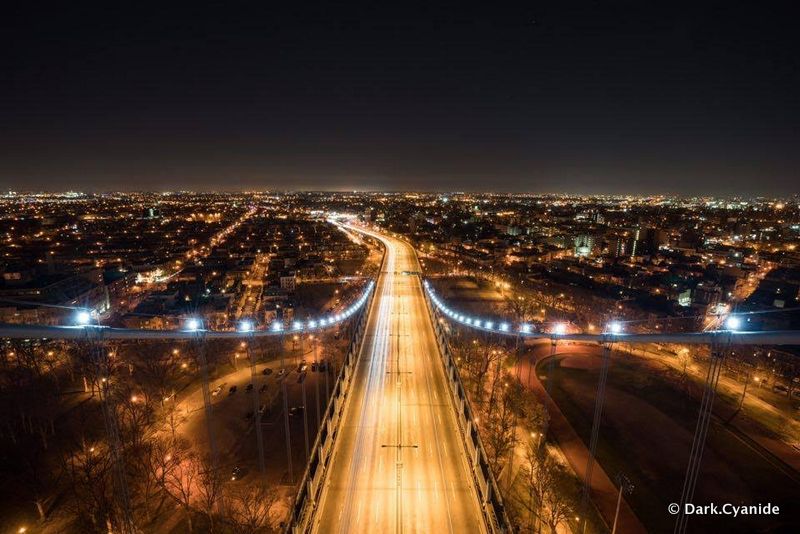
The bridge was a massive undertaking expending a lot of man power. The average number of workers a month on the bridge were about 1,000, but by July as the deadline for the dedication ceremony was approaching, there were as many as 2,8000 construction workers. Made up of four bridges, 13,500 feet of broad viaducts, it linked three boroughs and two islands together. Almost immediately after its opening, congestion on the Grand Central Parkway leading up the bridge was massive, prompting Moses to move onto his next project, the Whitestone Bridge.
Despite the quick shift in focus after the bridge’s completion, it was a remarkable project. With plans stumbling for a years before Moses swooped in, it’s almost a miracle it got built. Now there was a connection from Long Island to the rest of New York that didn’t involve driving through the city. Instead, the city’s and state’s parks were now much more accessible, and that was Moses’ main goal.
Next check out The Top 10 Secrets of NYC’s Verrazano-Narrows Bridge.





